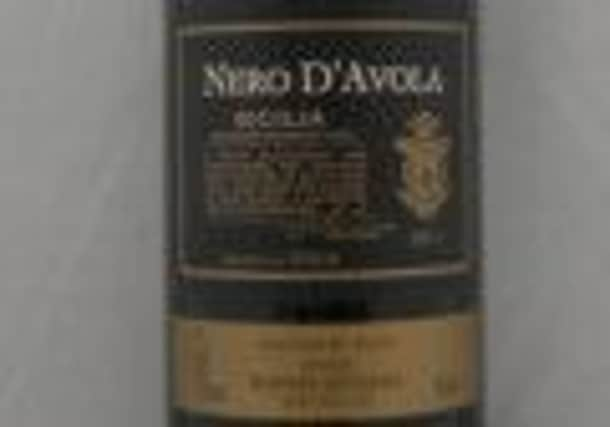Wine: the trouble with modern rosé


People like me, then, will be delighted by the current trend towards examples such as 2012 Finest Touriga Nacional Rosé (£7.99, or £5 until Tuesday, Tesco) made by the progressive Portuguese winemakers at Falua from a classic port grape. Because they use low temperature maceration before fermentation, the wine is fresh, aromatic and juicy yet its gentle strawberry flavours retain a certain spiciness and roundedness. Best of all, however, its residual sugar is a mere 4g per litre.
Two other sub-£6 wines are similarly commendable. Spain’s 2012 Simply Garnacha Rosé (£4.59, Tesco) – another product of a modern, forward-thinking winery – offers a delightful, easy-drinking style with raspberry and strawberry fruit, good acidity and, again, a pleasingly dry finish. You should also take a look at Chile’s 2012 Yali Wetland Merlot Rosé (£5.99 as part of a mixed case of six, Majestic). Although this is not totally dry, its clean, fresh and floral touches offset any sweeter edges and neatly supplement the substantial raspberry and redcurrant fruit.
Advertisement
Hide AdAdvertisement
Hide AdGenerally, however, the more sophisticated rosés tend to occupy (and justify) a slightly higher price point. Seek out, for instance, the very pale blend of grenache noir and gris that forms Languedoc’s 2012 Gerard Bertrand Gris Blanc (£9.85, www.wineandthevine.co.uk). Despite its apparent lightness, this is a surprisingly lively wine with cranberry fruit bolstered by appealing citrus-centred acidity and a slightly herbal, savoury flourish.
Sticking with southern France, grenache also makes an appearance in 2012 Vidal Fleury Cotes du Rhone Rosé (£10.95, www.hailshamcellars.com) albeit in a minor role to syrah and, especially, cinsault. The fruit here is more strawberry but with hints of orange to add substance and well-judged, minty acidity.
Since today is Bastille Day, let’s stay in France for the moment and visit that home of legendary Bordeaux rosé, Chateau de Sours. For a relatively inexpensive idea of how good its versions can be, try the vibrant, herbal raspberry fruit (and crisp, acidic edge) of 2012 Finest Domaine de Sours Rosé (£7.99, or £6.39 during the online Tour de France promotion, Tesco). Wine this good explains why rosé appears on so many Bordeaux summer lunch tables.
Elsewhere in Europe, Italy can also provide some tasty fare, such as the juicy and gently acidic 2011 Ricasoli Albia Rosé (£11.99, www.yorkshirevintners.co.uk) from a well known chianti producer. This has a bit more depth and a touch or two of sweeter spices to embellish the (probably sangiovese-derived) cherry fruit.
Finally, from the southern hemisphere, I was taken with the surprisingly dark-coloured 2012 Santa Digna Cabernet Sauvignon Rosé Reserva (£8.40, tanners-wines.co.uk). Although there is a nod towards more modern styles here, equilibrium is preserved by a slightly acidic prickle to the taste buds and by the vibrant raspberry and blackcurrant flavours. Moreover, despite its perception of sweetness, the sugar content only narrowly misses the extra-dry category.